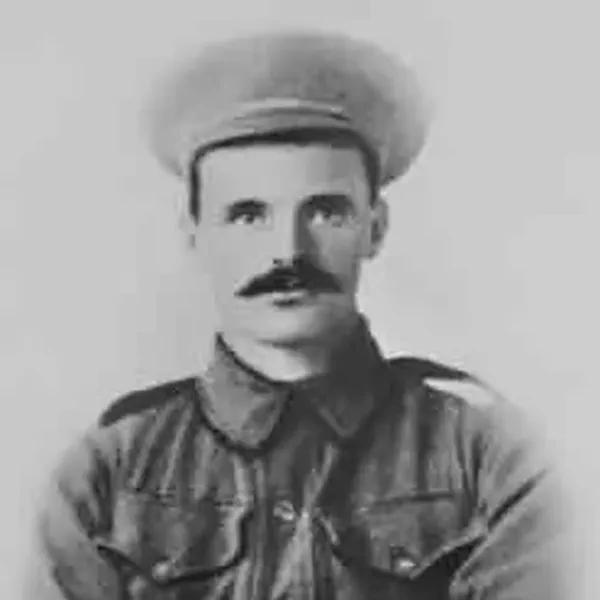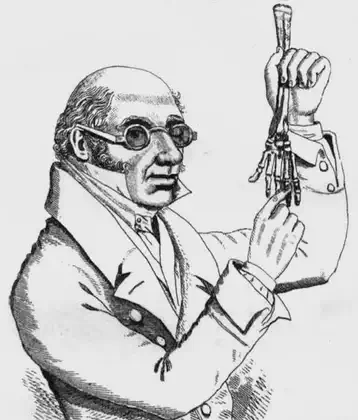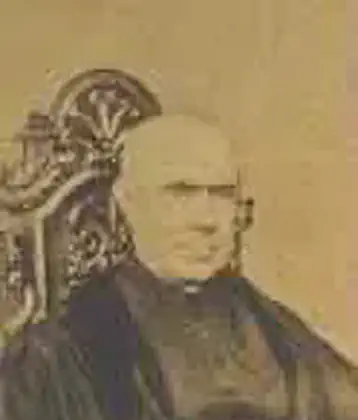On December 20, 1935 in Celtic History
Martin o' meara, vc, was an irish born australian recipient of the victoria crossy, died

Martin O’Meara, VC (6 November 1885 – 20 December 1935) was an Irish-born Australian recipient of the Victoria Cross, the highest award for gallantry in the face of the enemy that can be awarded to British and Commonwealth forces.
Martin O’Meara, born on November 6, 1885, in Ireland, and passing away on December 20, 1935, holds the distinguished honor of being an Irish-born Australian recipient of the Victoria Cross (VC). The Victoria Cross is the highest military decoration awarded for valor “in the face of the enemy” to members of the armed forces of various Commonwealth countries, and British Imperial forces.
Early Life
O’Meara was Born at Lorrha County Tipperary, Ireland. He spent his early years in County Tipperary and by 1911 had moved to County Kilkenny where he was working as a wood cutter. O’Meara moved to Australia prior to World War I. He arrived in South Australia in 1912, where he initially worked as a labourer at Wild Horse Plains. He then travelled to Port Augusta where he worked as a labourer on railway construction projects, and then to the McLaren Vale area south of Adelaide where he was, again, a railway construction worker. Like many immigrants of the time, he sought new opportunities in Australia, which was then a relatively young nation.
Military Service
With the outbreak of World War I, O’Meara enlisted in the Australian Imperial Force. He was assigned to the 16th Battalion, an infantry unit that saw significant action on the Western Front.
Assigned to 16th Battalion as a private, O’Meara sailed from Fremantle on the troopship Ajana on 22 December 1915. He arrived at Port Suez in Egypt on 13 January 1916. He initially served with the 16th Battalion in Egypt as an infantryman and as a machine gunner with the 4th Machine Gun Company before arriving in France on 7 June 1916.
In late June 1916 he joined the 16th Battalion’s newly formed Scouting Section in northern France and served as a scout, observer and sniper during his time on the Western Front in Belgium and France.
Between 9 and 12 August 1916 at Mouquet Farm, Pozières, during four days of very heavy fighting, Private O’Meara repeatedly went out and brought in wounded officers and men from “no man’s land” under intense artillery and machine-gun fire. He also volunteered and carried up ammunition and bombs through a heavy barrage to a portion of the trenches which was being heavily shelled at the time.[3]
O’Meara was wounded three times during the war: near Mouquet farm in August 1916, near Bullecourt in April 1917 and near Messines in August 1917.
Victoria Cross Action
O’Meara’s VC was awarded for his extraordinary bravery during the period of August 9-12, 1916, at Pozières, France. According to his VC citation, he repeatedly went out under heavy artillery and machine-gun fire to bring in wounded soldiers. His courage and disregard for his own safety were noted as exceptional, even in the context of the broader heroism seen during the battle.
O’Meara’s Victoria Cross is held in the collections of the Army Museum of Western Australia in Fremantle. In July 2019 it was loaned by the Australian government to the National Museum of Ireland, where it will be on public display for twelve months. The loan required an amendment to the Protection of Moveable Cultural Heritage Act (1986) to allow for the “temporary export of important cultural artefacts”.
He was presented with his Victoria Cross medal by King George V at Buckingham Palace on 21 July 1917.
Post-War Life and Challenges
After the war, like many veterans, O’Meara struggled with what would now likely be recognized as post-traumatic stress disorder (PTSD). Unfortunately, mental health support for veterans at the time was limited.
O’Meara had a mental breakdown in November 1918 at the Woodman’s Point Quarantine Station south of Perth, shortly after arriving in Western Australia. On 13 November 1918 he was transported to the 24th Australian Auxiliary Hospital, Stromness, where he was diagnosed on 19 December 1918
O’Meara was transferred to the Claremont Hospital for the Insane on 3 January 1919, and to the newly constructed Lemnos Soldier’s Hospital on 20 September 1926. He remained at Lemnos until returning to the Claremont hospital shortly before his death in December 1935 at the age of 50 years. His body was buried in Karrakatta Cemetery, Perth, Western Australia.
Legacy and Remembrance
O’Meara’s story is not just one of heroism in battle, but also a poignant reminder of the long-term effects of war on those who serve. He is remembered both in Australia and in Ireland, with his actions during World War I serving as a powerful example of bravery and sacrifice.
Martin O’Meara’s life and military service exemplify the strong historical ties between Australia and Ireland, and his Victoria Cross is a testament to his extraordinary courage and dedication. His story is a significant part of both Australian and Irish military history.
More From This Day



Nicholas Callan, priest, physicist, writer, and inventor of the induction coil, is born in Dromiskin, Co. Louth
December 20, 1799